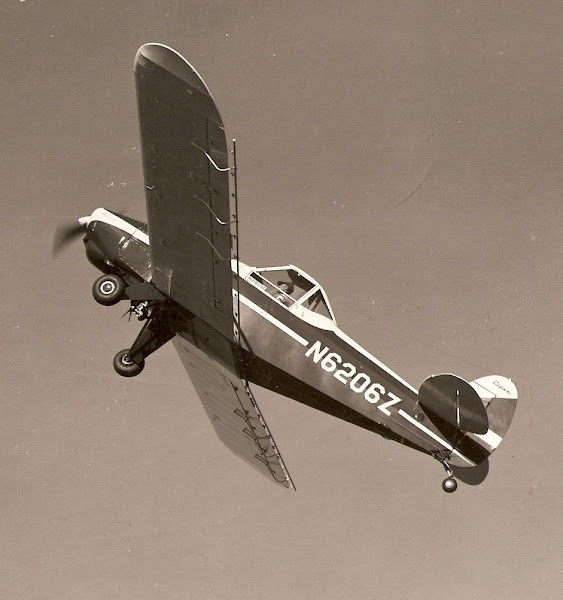HERNANDO DESOTO BURIED IN EAST
CARROLL PARISH?
East Carroll Delta News, Aug. 5, 1965
"According to some evidence, when
DeSoto discovered and crossed the Mississippi River in 1541 he was somewhere
near what is now East Carroll Parish. LaSalle in 1682, when he successfully
explored the Miss. River to its mouth, very likely spent the night on the banks
of what is now Lake Providence. East Carroll remained a part of New France
until 1763, when most of the western Mississippi Valley passed to Spain. The
Spanish government sought to bring settles to northeast Louisiana. Settlements,
however, clung to the hill areas. The Delta low-lands flooded every year and
swampy, were regarded as too unhealthy and otherwise unsuitable for
colonization.
East Carroll Parish returned briefly to French
rule on March 26, 1803, when public announcement was made of the recession of
Louisiana to France from Spain. This was soon followed on April 30, 1803, by
the United States’ acquisition of the vast area from France for $15 million by
virtue of the Louisiana Purchase.
After the war of 1812, development of the Delta
region continued in earnest. Providence, as a name of a community, first
appears in press accounts about 1835. War, reconstruction and yellow fever
slowed progress but by the return of the century expansion resumed.
During reconstruction and lasting until about
1928 lands in the present sixth and seventh wards, about one-fourth of the parish
land area, reverted to a forest primeval similar to a hundred years earlier. By
1930 reclamation of this productive area resumed when over 150 families moved
in and established their homes. Now one can not tell the difference in this
reclaimed area and the land along the Mississippi River cultivated since
1830."
After a harsh winter, the Spanish
expedition decamped and moved on more and more erratically. By then, the last
Spaniard who was remotely familiar with the area, Juan Ortiz, had died. Eventually,
the Spaniards returned to the Mississippi.
On the banks of this river, de
Soto died on May 21, 1542 after contracting a fever. Since he had propagated
among the natives the myth that Christians were immortal, his men had to
conceal his death. They hid his corpse in blankets weighted with sand and sank
it in the river. (However, both Lake Providence, Louisiana and Lake Chicot in
Arkansas claim that DeSoto is buried in their respective lakes.) While Spain
and Portugal could have been crossed by a trained wanderer in less than one
month, de Soto's expedition roamed through La Florida for three years without
finding the expected treasures or a place to begin with their colonisation. His
men aborted the expedition.





No comments:
Post a Comment